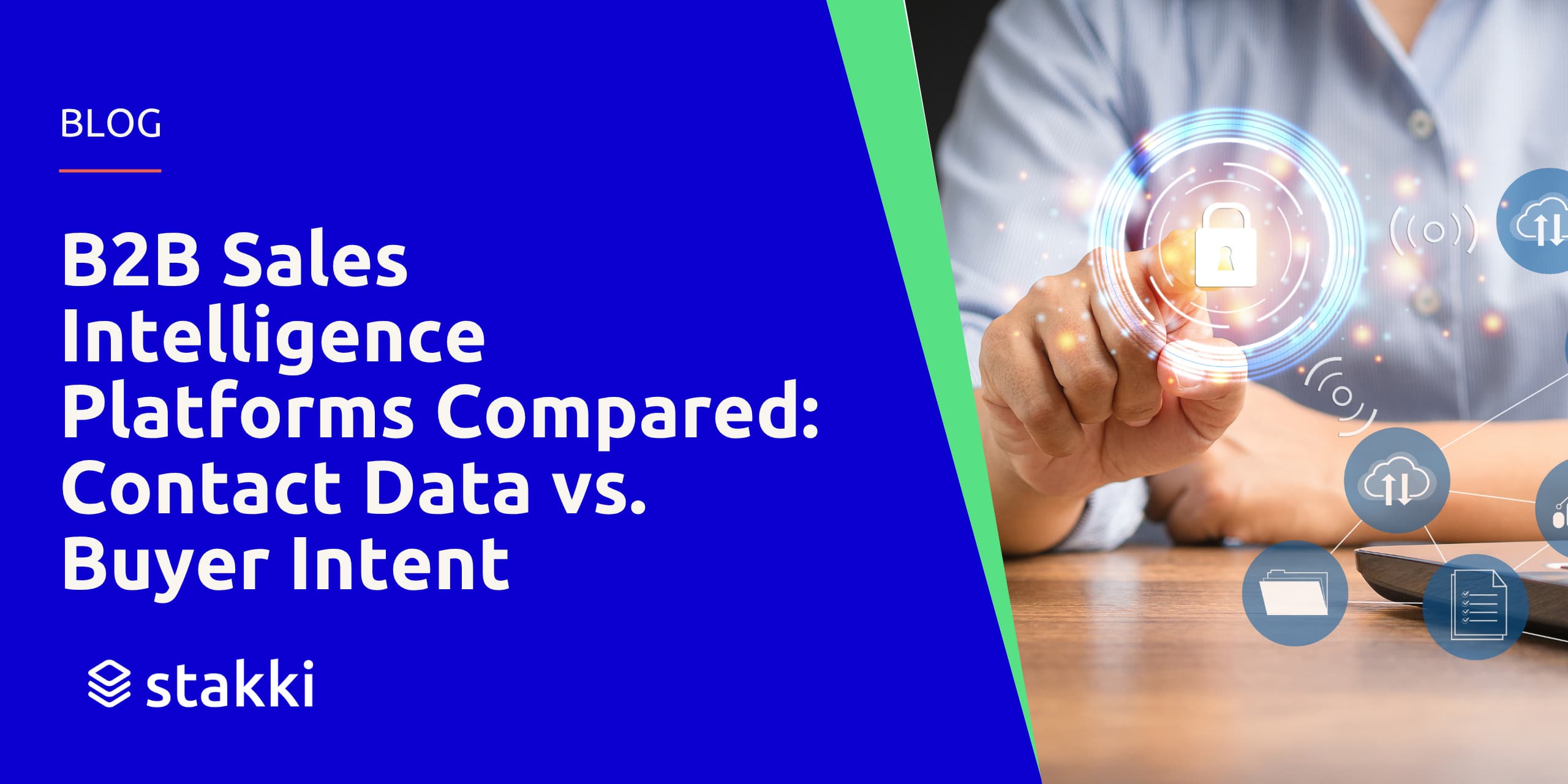At a Glance: Sales Dialer Types
Time is money and data is power, to repurpose two phrases. Sales dialers and phone systems, when used right, give your team back time to make more calls and speak to more customers. They do this by removing a lot of the manual dialing and administrative work before and after each call.
But dialers aren’t just about volume. They also provide rich data on call quality, rep behavior, and customer responses. This empowers sales leaders with insight into performance, coaching needs, and customer trends. The right dialer not only improves efficiency, but helps build a better buying experience.
Dialer Types Explained: Power vs Parallel vs Single Click
All sales dialers and phone systems we are discussing here operate over the internet, through your browser or CRM.
- Single Click / Click-to-Dial: This is the most common format and a must-have. If there’s a number on screen, you should be able to click it and call instantly. These are now standard across nearly all systems.
- Power Dialers: Once a call is completed, the system automatically dials the next number in the queue. This continues until a prospect picks up or the rep ends the sequence. Ideal for outbound SDRs.
- Parallel Dialers: These systems dial multiple contacts simultaneously and connect the rep to the first person who answers. This can drastically increase dials per hour but requires clean data and careful call settings to avoid dropped connections or poor experiences.
Benchmarks: Telemarketing vs SDR vs AI-SDRs
Most SDRs can average around 20 dials per hour when working from a properly structured CRM or prospecting tool.
If your team is significantly below that, your system setup may be holding them back. Inaccurate data, unclear call lists, or manual workflows will destroy productivity.
- Power dialers make 30–40 dials per hour realistic, even higher with good intent or follow-up data.
- Parallel dialers can generate hundreds of dials per hour, especially when used with large lists or AI support.
AI-SDR tools that operate as pseudo-dialers are on the rise, but most teams are still pairing human reps with dialers that allow more efficiency, not full automation.
Must-Have Features in a Dialer for SDR Teams
The best dialers aren’t just built for dialing. They’re built for coaching, collaboration, and clarity.
Your dialer should include:
- CRM integration (e.g. Salesforce, Hubspot, Pipedrive)
- Browser-based click-to-dial within the CRM or contact view
- Transcription and call recordings, auto-synced to CRM after each call
- Sharing features for recordings with tagging, coaching notes, and highlights
- Full audit trail including call frequency, timestamps, duration, and outcomes
Larger teams need platforms that allow managers to:
- Surface top rep calls
- Review call logs across teams
- Share learning moments easily
Smaller teams benefit from the same tools, but leaders can take on more of the review and distribution manually if necessary.
The Best Dialers for SDR Teams (According to Sales Leaders)
- Type: Parallel dialer
- Why leaders like it: Massively increases connect attempts. Strong UI and coaching tools.
- Best for: Larger SDR teams who want call volume at scale
- Type: Power + click-to-call
- Why leaders like it: Simple setup, strong reporting, native CRM integrations
- Best for: Teams needing a clean, reliable dialer with reporting
- Type: Mobile-first power dialer
- Why leaders like it: Mobile fallback, live coaching, AI transcription, Salesforce-native
- Best for: Salesforce-based teams who want mobile support and coaching features
- Type: Power dialer
- Why leaders like it: Great onboarding, easy to use, tracks rep activity
- Best for: Mid-sized teams wanting solid rep visibility and control
- Type: Power dialer
- Why leaders like it: Number reputation protection, reliable Salesforce integration
- Best for: Teams focused on deliverability and consistent US-based outreach
- Type: Parallel dialer
- Why leaders like it: Great for appointment setting and call center-style workflows
- Best for: High-velocity SDR teams in lead-gen environments
| Dialer |
Type |
Best For |
Key Features |
| Orum |
Parallel |
Volume + coaching |
AI transcription, coaching, CRM integrations |
| Cloudtalk |
Power |
Simplicity + integration |
Easy onboarding, clear dashboards |
| Rocketphone |
Power |
Mobile-first + Salesforce users |
Mobile fallback, real-time coaching |
| PhoneBurner |
Power |
Mid-sized teams |
CRM sync, onboarding, rep activity tracking |
| Frontspin |
Power |
Reputation and compliance |
Carrier protection, SFDC integration |
| Adversus |
Parallel |
Lead-gen or call center SDR workflows |
List management, parallel call queues |
The Stakki Recommendation
Start by understanding the real constraint on your team.
- Are reps not calling enough?
- Is call quality suffering?
- Are you lacking data for coaching?
If it's about call volume, try Orum or Adversus. If it's about rep enablement and coaching, Rocketphone and Frontspin are built for that. Cloudtalk and PhoneBurner are great all-rounders if you need clean integrations and solid dashboards.
Want to get advice based on your exact stack, CRM, and goals? Build with Stakki and we’ll match you to tools that work.
FAQs
Are autodialers legal?
Yes, but regulations like TCPA in the US and GDPR in Europe apply. Always check local rules and avoid automated voicemail drops without consent.
What are the best cloud-based auto dialers?
Orum, Rocketphone, Cloudtalk, and PhoneBurner all operate cloud-first.
Is there a free autodialer?
Some CRMs offer limited dialer capabilities, but full-feature dialers typically require paid plans. Tools like Apollo and Reply may include dialer options in basic tiers.
Which auto dialer software is best for SDR teams?
Rocketphone for Salesforce teams, Orum for high call volumes, and Cloudtalk for simplicity.
What is the most reliable auto dialer software?
JustCall and Rocketphone are frequently praised for uptime and consistency.
Need help picking the right dialer for your sales team?
👉 Compare options and get matched at Stakki
👉 Visit Stakki.io to explore tech stacks that actually work
📧 Or reach out directly: james@stakk.io











